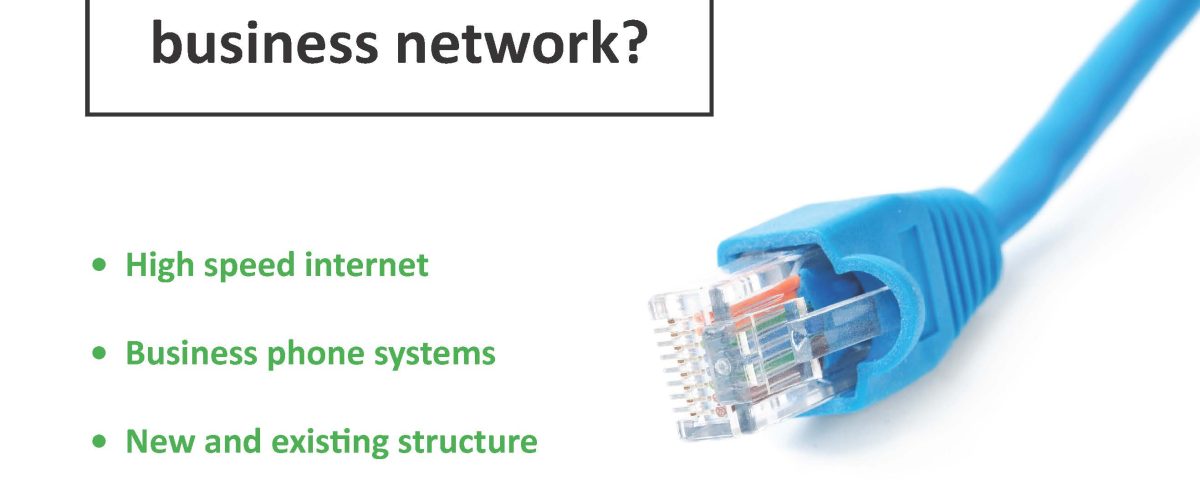The Importance of Structured Cabling

Let Preferred IT Solutions Handle The Headache
March 29, 2023
PITS IT Consulting
May 10, 2023Structured cabling is a helpful way to keep your cables organized and efficient. The standards that govern structured cable design are implemented to further an organization’s business goals, including scalability, cost-effectiveness, efficiency gains, and operational flexibility. In this blog, we will explore the benefits gained by structured cabling in greater detail.
The Benefits Of Structured Cabling
Any sort of organizational tool for businesses can give you a leg up over your competition. If you’re a tech company and you’re searching for an organizational method to help better your cabling needs, look no further than structured cabling. This service will help your company to stay more organized and increase overall business scalability. Shown below are a few of the benefits this service brings along.
Improved Efficiency
With very few exceptions, structured cabling should be the default for a large majority of organizations. Eventually, every business is going to have to sort through its physical network cables to troubleshoot, maintain or upgrade its enterprise. When that happens, the last thing you will want to deal with is a tangled rat’s nest of cables.
Because it operates on a standardized framework, structured cabling provides businesses with a straight-forward, organized, and predictable architecture that can easily be referenced, triaged or upgraded as needed. This helps to support increasingly large network architectures, which are constantly expanding as organizations adopt new network and cloud technologies and support a greater variety of endpoint devices. It also greatly cuts down on the potential for confusion and human error.
Greater Flexibility
One of the reasons structured cabling is so efficient is because it affords organizations a high degree of flexibility and adaptability. Networks are never static configurations — they are constantly evolving to stay ahead of both business needs and cybersecurity risks. Therefore, the cable layout that serves as the enterprise’s backbone needs to be flexible enough to accommodate change as needed. With a structured approach, organizations can guarantee that their cabling will be easy to manage and has been purpose-built to embrace changing business needs, whether that be a maintenance, an upgrade, or a move.
Future Usability
 One of the primary benefits of structured cabling is its ability to scale for the future. Technology is constantly changing and evolving, so eventually, your systems are going to need a refresh or an update. Network cables themselves are often updated to provide higher speeds, performance, and availability and so must be swapped out every so often. Because it adheres to a standardized and organized format, structured cabling guarantees that your network cables can be more effortlessly swapped out in the future. This helps to avoid costly and timely forklift overhauls, making the new environment easier to stand up while also mitigating the business and operational risks that always accompany modernization projects.
One of the primary benefits of structured cabling is its ability to scale for the future. Technology is constantly changing and evolving, so eventually, your systems are going to need a refresh or an update. Network cables themselves are often updated to provide higher speeds, performance, and availability and so must be swapped out every so often. Because it adheres to a standardized and organized format, structured cabling guarantees that your network cables can be more effortlessly swapped out in the future. This helps to avoid costly and timely forklift overhauls, making the new environment easier to stand up while also mitigating the business and operational risks that always accompany modernization projects.
Since structured cabling typically uses high-bandwidth cablings such as CAT6, CAT6A, or fiber optic cabling, organizations can rest easy knowing they have the baseline architecture to support increased bandwidth activity as the need for video conferencing, remote access, and BYOB device support increases.
Cost-Effectiveness
With budgets being what they are, any technology investment is going to be immediately assessed based on the value it offers. As organizations are continually asked to do more with less, getting the most out of every dollar has become imperative. Structured cabling is a cost-effective solution, with scalability and flexibility that is designed to maximize speed, availability, and performance. This ensures your organizations can be as productive as possible without having to worry about costly interruptions to day-to-day operations. Even when problems do inevitably arise, the architecture is streamlined, reducing the amount of time and resources required to identify the problem and get everything back up and running. CAT6 and especially fiber optic cables are more resistant to interference, allowing electricity to flow for longer and reduce the need for expensive add-on solutions like signal boosters.


